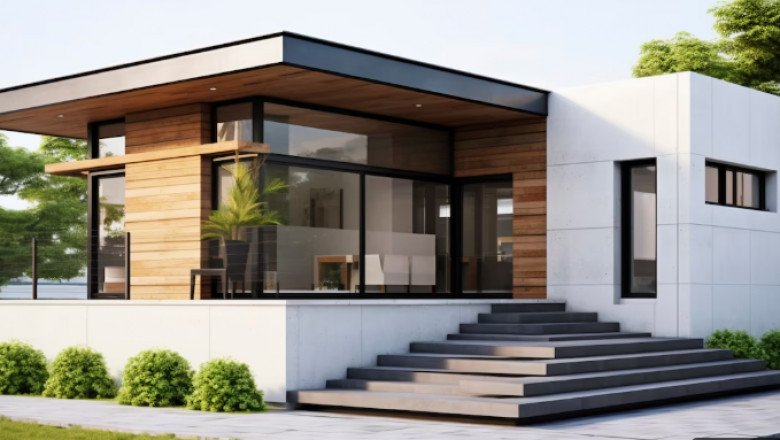views
Advantages of Prefabricated Building Design
One of the most significant benefits of prefabricated building design is the time efficiency it offers. Traditional construction projects can take months or even years to complete, while prefabricated buildings can be assembled in a matter of weeks. The prefabrication process allows for faster production timelines and quicker assembly on-site. This makes it a highly attractive option for businesses or individuals looking for a faster turnaround time without sacrificing quality.
Cost-effectiveness is another primary advantage of prefabricated buildings. Because the construction process is streamlined and materials are produced in bulk, manufacturers can offer more competitive prices compared to conventional building methods. Additionally, because construction timelines are shorter, the labor costs associated with prefabricated building projects are significantly reduced.
Another major benefit is the consistency and quality control inherent in the prefabrication process. When constructing components in a factory setting, conditions can be closely monitored, ensuring that materials are used efficiently and that every part of the building meets strict quality standards. Factory-made components are less susceptible to the weather-related delays and inconsistencies that can affect traditional construction sites. This guarantees better consistency and precision in the final structure, making the building more reliable and durable.
Sustainability and Environmental Benefits
Prefabricated building design is also much more sustainable compared to traditional construction. The controlled environment where prefabricated components are produced allows for better waste management practices. As the components are made in a factory, the materials are precisely measured and cut to fit, reducing excess material wastage. Additionally, prefabricated buildings are often designed with energy efficiency in mind, incorporating insulation and other features that can reduce the carbon footprint of the finished structure.
The environmental benefits extend to the fact that prefabricated buildings are typically made with eco-friendly materials, which reduce their impact on the environment. Many companies offer options for green building practices, such as using recycled materials, reducing water usage, and minimizing the use of toxic chemicals, making prefabricated buildings an excellent choice for environmentally conscious projects.
Versatility and Customization
A common misconception about prefabricated buildings is that they are limited in design and customization. However, this could not be further from the truth. Modern prefabricated building design allows for a wide range of customizable options. Whether you’re building a modular home, office space, or an industrial building, the design possibilities are extensive. Prefabricated structures can be built in various shapes and sizes, with features such as green roofs, smart technology integration, and energy-efficient windows, giving clients the flexibility to design spaces that meet their exact needs.
Applications of Prefabricated Buildings
Prefabricated building design is suitable for a variety of applications. Residential buildings, including single-family homes and apartment complexes, are some of the most common uses. Commercial spaces, including office buildings, retail spaces, and even hospitality structures, also benefit from the speed and efficiency of prefabrication. Additionally, industrial facilities and temporary structures, such as schools, hospitals, and military housing, are ideal candidates for prefabricated designs due to their durability and rapid construction times.
Conclusion
In conclusion, prefabricated building design offers numerous advantages, including time and cost savings, improved quality control, and sustainability. It’s a modern approach to construction that is revolutionizing how buildings are designed and built. Whether you're a homeowner looking for a faster build or a business owner seeking cost-effective solutions, prefabricated building design presents a viable and innovative alternative to traditional construction methods. With the ability to customize designs and utilize eco-friendly materials, prefabrication is shaping the future of architecture and construction.














Comments
0 comment